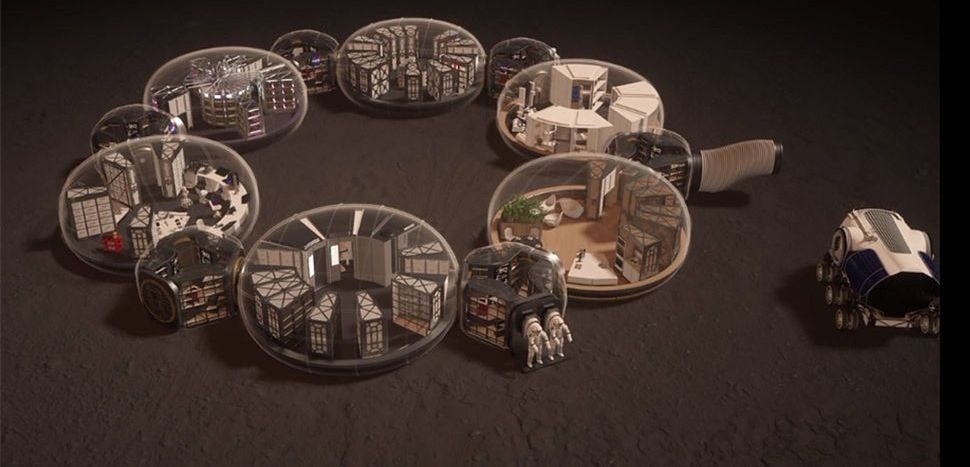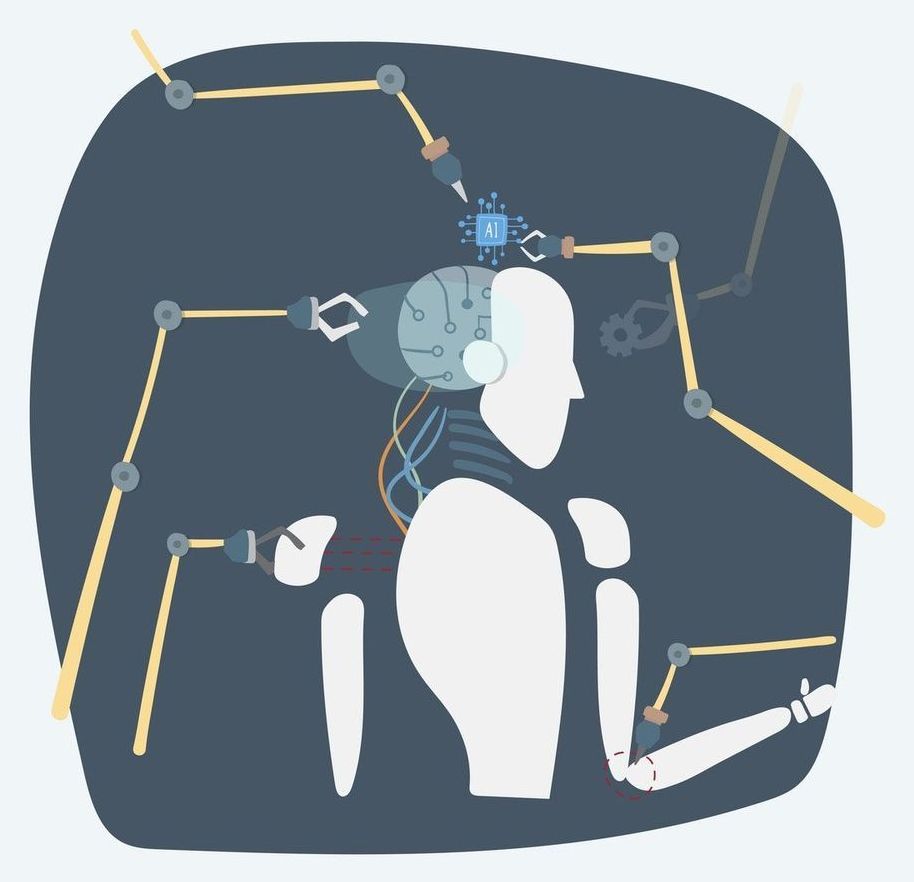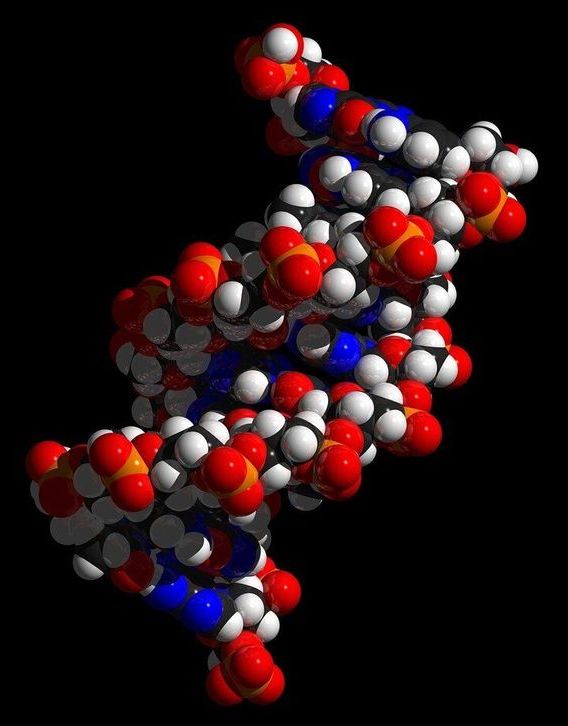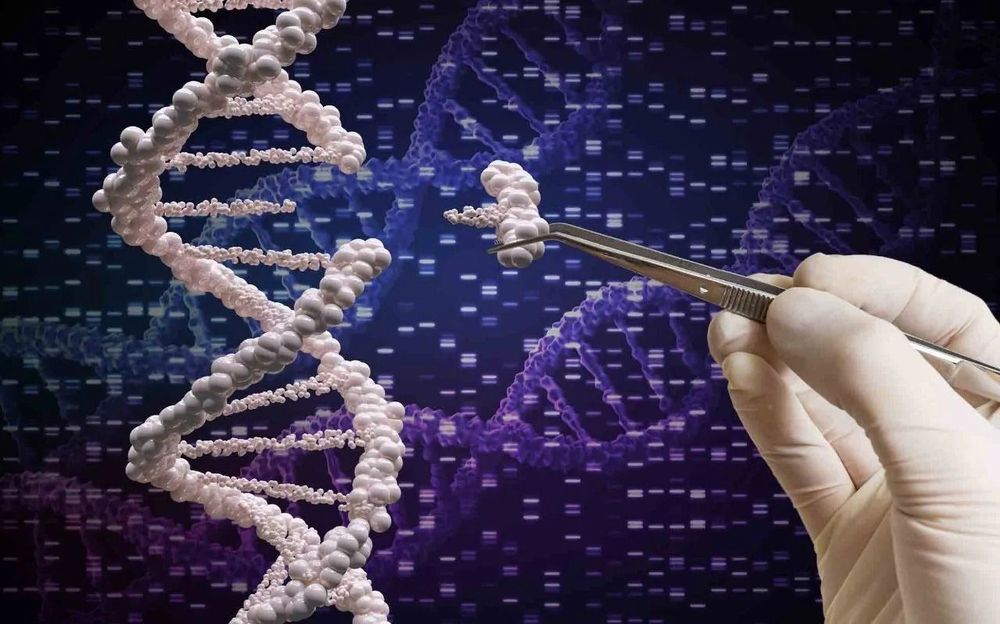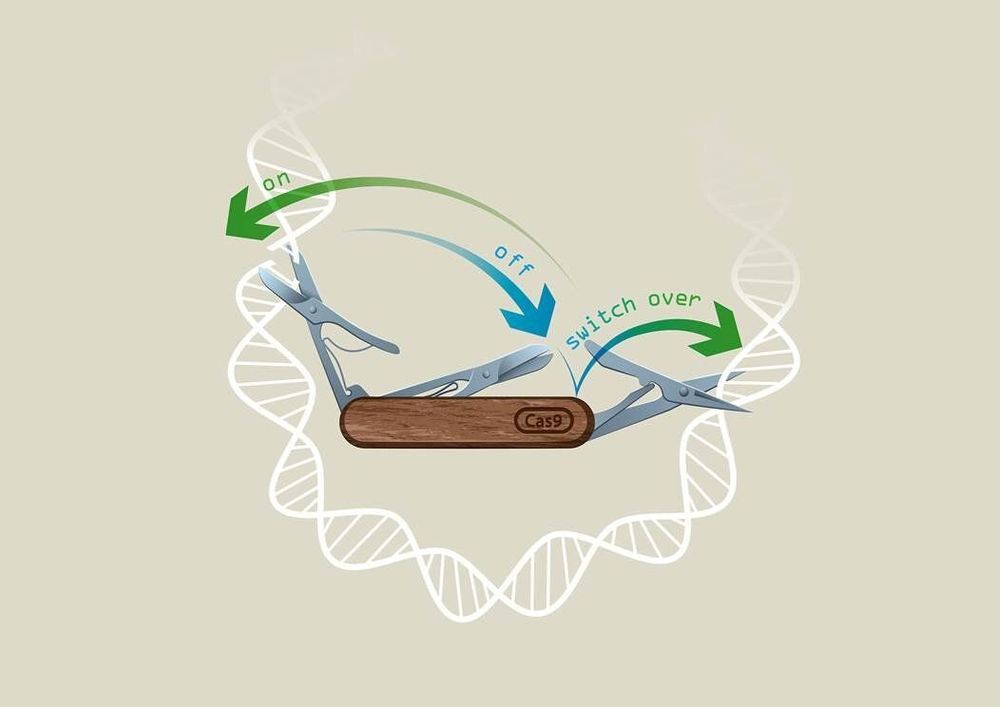Archive for the ‘bioengineering’ category: Page 121
Dec 9, 2019
How 3D-printing robots will get Mars home-ready for our arrival
Posted by Klaus Baldauf in categories: 3D printing, bioengineering, habitats, robotics/AI, space travel
NASA has tentative plans for a manned mission to Mars sometime in the 2030s. Between now and then, there’s still much that needs to be sorted. To start, massive dust storms, high levels of radiation, low temperatures and a lack of water make the Martian surface an unfriendly place for long-term visits. Taming it for human life will likely prove one of the most demanding and complex engineering puzzles in human history. With those extraordinary obstacles in mind, in 2015 NASA announced the 3D-Printed Habitat Challenge: an open call asking designers and architects outside the traditional aerospace industry to create plans for Martian living centred around 3D printing. One of 10 finalists announced in 2019, this plan from the design practices HASSELL and Eckersley O’Callaghan envisions teams of 3D-printing robots building a protective shield on the Martian surface several months in advance of a human landing. Upon arrival, astronauts would then work alongside the autonomous robots to piece together an inflatable, modular habitat.
Video by LightField London.
Dec 9, 2019
Transhumanism and Immortality
Posted by Paul Battista in categories: 3D printing, bioengineering, biotech/medical, cryonics, cyborgs, genetics, life extension, nanotechnology, robotics/AI, transhumanism
I am in shock… Google suddenly as yahoo are allowing conjecture and mendacity be seen as public or scientific opinion. Here is another confused mind who towards the end of her rant quotes Christian scripture as basis to stop Life extension-Transhumanism???
When I say to these minds Behold the leader of Christianity stood for Life abundant-Super Longevity and I can prove such. No matter what lost evangelist or preacher tells you Jesus was a medical researcher of extraordinary magnitude…
NOW BEHOLD THE LOST in this article… https://www.rodofironministries.com/…/transhumanism-and-imm… Respect r.p.berry & AEWR wherein aging now ends we have found the many causes of aging and we have located an expensive cure. We search for partners-investors to now join us in agings end… gerevivify.blogspot.com/
Dec 8, 2019
Can We Live Longer
Posted by Paul Battista in categories: bioengineering, biotech/medical, genetics, life extension
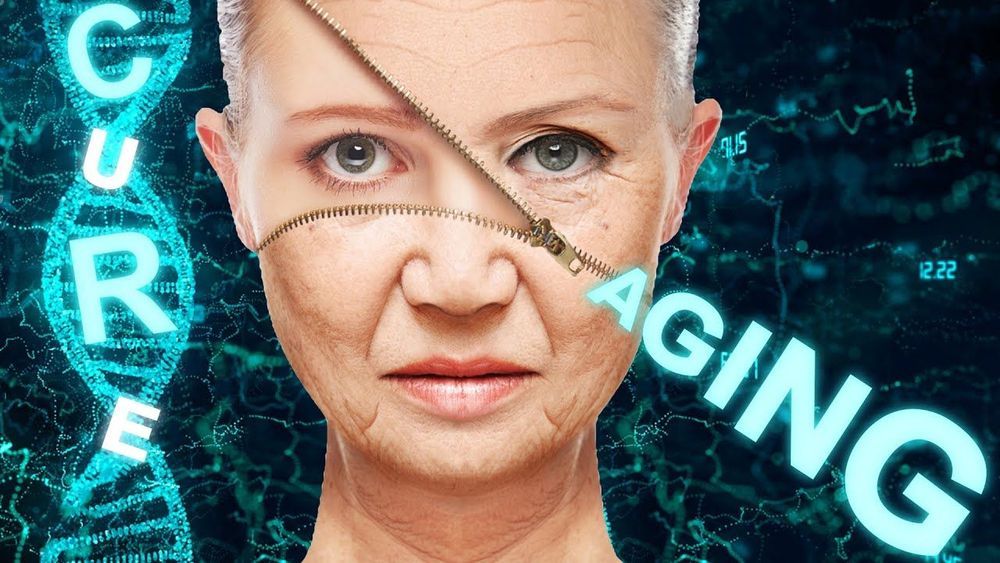
The quest to live longer and healthier is not new. But the concept of reversing aging has recently stunned both the scienftific community and the public in general. Scientists have been able to reverse aging by 2.5 years to some participants in a groundbreaking experiment in the field of age reversal.
World leading scientists in the field of aging like David Sinclair think that aging is the ultimate disease that needs a cure. If scientsits were able to shed 2.5 years to the participants genomic age, the question raises itself, are we going to see an age reversal of a decade or more in the coming years?
Dec 6, 2019
New tool for rapidly analyzing CRISPR edits reveals frequent production of unintended edits
Posted by Genevieve Klien in categories: bioengineering, biotech/medical, genetics
Amidst rising hopes for using CRISPR gene editing tools to repair deadly mutations linked to conditions like cystic fibrosis and sickle cell disease, a study in Communications Biology describes a new innovation that could accelerate this work by rapidly revealing unintended and potentially harmful changes introduced by a gene editing process.
“We’ve developed a new process for rapidly screening all of the edits made by CRISPR, and it shows there may be many more unintended changes to DNA around the site of a CRISPR repair than previously thought,” said Eric Kmiec, Ph.D., director of ChristianaCare’s Gene Editing Institute and the principle author of the study.
The study describes a new tool developed at the Gene Editing Institute that in just 48 hours can identify “multiple outcomes of CRISPR-directed gene editing,” a process that typically required up to two months of costly and complicated DNA analysis.
Dec 6, 2019
How We Are Growing Organs In The Lab? | Dr. Jim Wells | TEDxCincinnati
Posted by Paul Battista in categories: bioengineering, biotech/medical

Over 116,000 people in the US are on organ transplant waiting lists because of a shortage in healthy donated organs. Dr. Wells and his team have been harnessing the power of stem cells to grow miniature versions of human organs in the laboratory. Today, mini organs are being used to help diagnose patients and improve care and Dr. Wells and colleagues are working to generate lab grown organs for future transplantation into patients. Screen reader support enabled. FB: James Wells, LinkedIn: James Wells As a Developmental Biologist, Jim Wells has spent the past two decades trying to uncover how a single cell gives rise to tissues, organs and eventually a whole organism. With this information as a roadmap, he has pioneered approaches to generate mini organs (organoids) from stem cells in the laboratory. Dr. Wells is now part of a team that is using tissue engineering to generate bigger and more functional organs in the lab that can be used for transplantation into patients in the future. Dr. Wells is a professor of Pediatrics at the Cincinnati Children’s Hospital Medical Center. He is in the Division of Developmental Biology and where he established the human pluripotent stem cell facility. He is also the Director for Basic Research in the Division of Endocrinology and was appointed Chief Scientific Officer of the Center for Stem Cell and Organoid Medicine. As a Developmental Biologist, Jim Wells has spent the past two decades trying to uncover how a single cell gives rise to tissues, organs and eventually a whole organism. With this information as a roadmap, he has pioneered approaches to generate mini organs (organoids) from stem cells in the laboratory. Dr. Wells is now part of a team that is using tissue engineering to generate bigger and more functional organs in the lab that can be used for transplantation into patients in the future. Dr. Wells is a professor of Pediatrics at the Cincinnati Children’s Hospital Medical Center. He is in the Division of Developmental Biology and where he established the human pluripotent stem cell facility. He is also the Director for Basic Research in the Division of Endocrinology and was appointed Chief Scientific Officer of the Center for Stem Cell and Organoid Medicine. This talk was given at a TEDx event using the TED conference format but independently organized by a local community.
Dec 6, 2019
World must prepare for biological weapons that target ethnic groups based on genetics, says Cambridge University
Posted by Lilia Lens-Pechakova in categories: bioengineering, biotech/medical, existential risks, genetics, government, robotics/AI
Biological weapons could be built which target individuals in a specific ethnic group based on their DNA, a report by the University of Cambridge has warned.
Researchers from Cambridge’s Centre for the Study of Existential Risk (CSER) said the government was failing to prepare for ‘human-driven catastrophic risks’ that could lead to mass harm and societal collapse.
In recent years advances in science such as genetic engineering, and artificial intelligence (AI) and autonomous vehicles have opened the door to a host of new threats.
Dec 3, 2019
Ms. Nina Khera — 13 Year Old Longevity Biotech Researcher and Entrepreneur — Founder and CEO of Biotein — ideaXme — Ira Pastor
Posted by Ira S. Pastor in categories: aging, bioengineering, biotech/medical, business, DNA, genetics, life extension, robotics/AI, science, transhumanism

Dec 3, 2019
Cyrus Biotechnology and the Broad Institute of MIT and Harvard Launch Multi-Target Collaboration to Develop Optimized CRISPR Gene Editing Technology
Posted by Genevieve Klien in categories: bioengineering, biotech/medical
Cyrus Biotechnology in Seattle and Broad Institute of MIT and Harvard launch collaboration to develop optimized CRISPR gene technology.
Cyrus Biotechnology, Inc. Lucas Nivon, 206−258−6561 [email protected]
Dec 2, 2019
Harnessing the power of CRISPR in space and time
Posted by Quinn Sena in categories: bioengineering, biotech/medical
Researchers in Vienna from Ulrich Elling’s laboratory at IMBA—Institute of Molecular Biotechnology of the Austrian Academy of Sciences—in collaboration with the Vienna BioCenter Core Facilities have developed a revolutionary CRISPR technology called “CRISPR-Switch,” which enables unprecedented control of the CRISPR technique in both space and time.
CRISPR/Cas9 technology is based on a modified version of a bacterial defense system against bacteriophages. One of the landmark discoveries for this technique in fact was laid in Vienna and published in 2012 in a study co-authored by Emmanuelle Charpentier and VBC Ph.D. student, Krzysztof Chylinski. Due to its power to also edit mammalian genomes, CRISPR/Cas9 has rapidly established itself as the most employed gene editing method in laboratories across the world with huge potential to find its way to the clinics to cure rare disease. Just a week ago, the first success in the treatment of sickle cell anemia was announced.
To control the power of genome editing, several groups have worked on systems to control editing activity. Scientists from the lab of Ulrich Elling at IMBA were now able to gain unprecedented control over sgRNA activity, in a system termed “CRISPR-Switch.” The results are published in the renowned journal Nature Communications.

